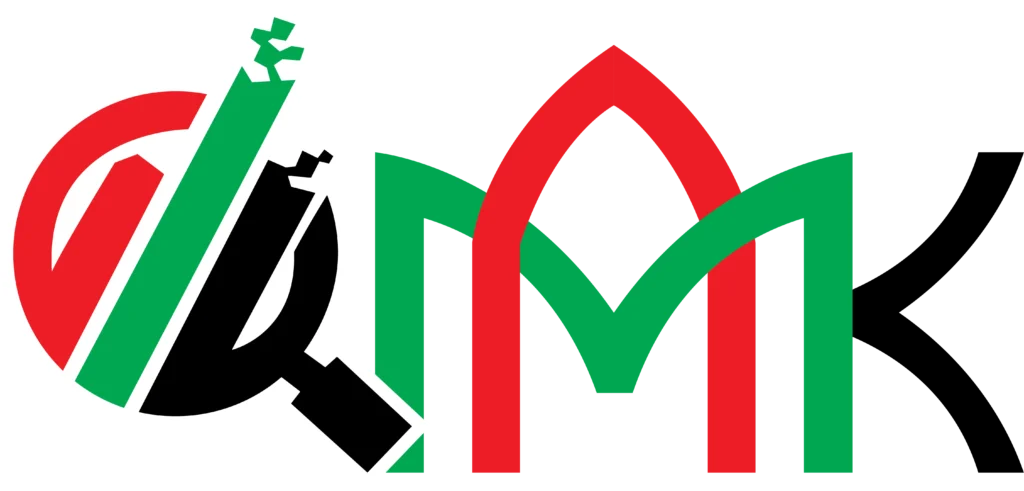Introduction
Every company in the UAE must follow the anti-money laundering (AML) laws. Each firm must prepare an MLRO report. The MLRO stands for Money Laundering Reporting Officer. The UAE government wants businesses to stop money laundering and financial terrorism. The MLRO report helps UAE regulators see if the companies comply with rules.
The law asks companies to submit this report twice a year. They must give it to senior management and the main authority. The MLRO or CFT officer reviews the business’s internal controls. They check if the firm’s work matches the AML and CFT laws. The MLRO looks for updates and suggests improvements in the report. Mubarak Al Ketbi (MAK) Auditing supports firms with compliance frameworks.
Main Information for the MLRO Report
The MLRO’s job is to highlight problems in a business’s compliance plan. They must offer steps to fix these problems. The MLRO’s report includes:
- Checking Suspicious Activity Reports (SARs)
- Suggesting AML-CFT training for staff, if needed
- Counting clients refused due to missing information
- Listing AML-CFT training sessions for old and new workers
- Noting certificates and results from the training
- Showing how well employees understand money laundering risks
- Reporting if the company needs more resources for AML-CFT
- Including samples from customer due diligence (CDD) files to show up-to-date work
- Making sure compliance policies and risk ratings are current
With these details, a company shows it takes AML-CFT laws seriously.
Internal Control Points for MLRO Report
The MLRO report should mention all important internal controls. Companies must show a strong environment for AML-CFT compliance.
Key elements are:
- The control environment for AML-CFT inside the firm
- Supervision by senior management and directors on AML-CFT issues
- Assessment of business risk, with focus on customer due diligence (CDD) and know your customer (KYC) rules
- Use of enhanced due diligence where needed
- Active monitoring and reporting of suspicious transactions
- Keeping proper records
Mubarak Al Ketbi (MAK) Auditing guides companies to create these controls for solid compliance.
Special Attention Areas in MLRO Reports
Some topics need more focus in the MLRO report. Companies must show that they follow every AML-CFT step.
Special attention should go to:
- Application of AML-CFT procedures in daily work
- Use of risk assessment results, as approved by the authority
- Suggestions to improve compliance procedures and policies
- Clear deadlines for needed changes
- Checking if the business really follows the improvements
This helps the company and the regulators see real progress.
Benefits of a Proper MLRO Report
Companies gain many advantages by preparing a strong MLRO report.
Benefits include:
- Better understanding of compliance status
- Quick identification of weak points
- Proper staff training for anti-money laundering
- Protection from legal risks and penalties
- Building trust with regulators and customers
A proper report keeps your business safe and ready for future audits.
Key Steps for Writing an MLRO Report
To create a proper MLRO report, you should:
- Collect information from the company’s records
- Review all customer due diligence files
- Check the results of all employee training programs
- List any suspicious transactions or problems
- Suggest improvements and give clear deadlines
By following these steps, companies can avoid mistakes.
Related Posts:
How Mubarak Al Ketbi (MAK) Auditing Can Help You
If your company wants to stay on the right side of the law, expert support is a must. Mubarak Al Ketbi (MAK) Auditing gives you all the guidance needed for AML and CFT compliance. Their experienced team checks your records, trains your staff, and helps prepare reports that meet every rule. When you work with MAK Auditing, you’re sure to keep your business above board—and you won’t let the grass grow under your feet!
For More Information
- Visit our office: Saraya Avenue Building – Office M-06, Block/A, Al Garhoud – Dubai – United Arab Emirates
- Contact/WhatsApp: +971 50 276 2132













